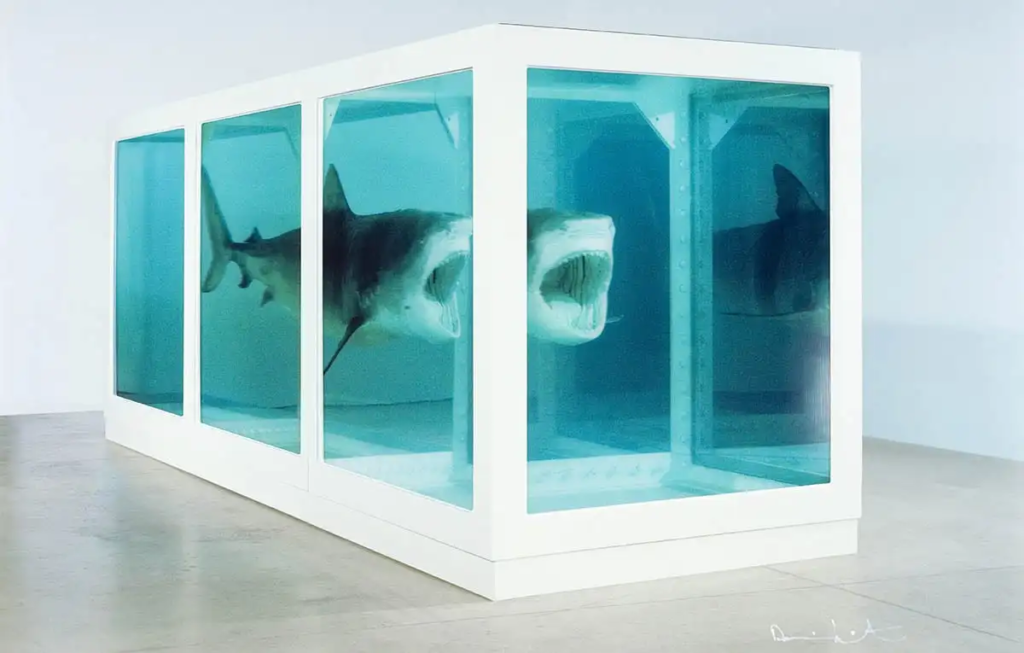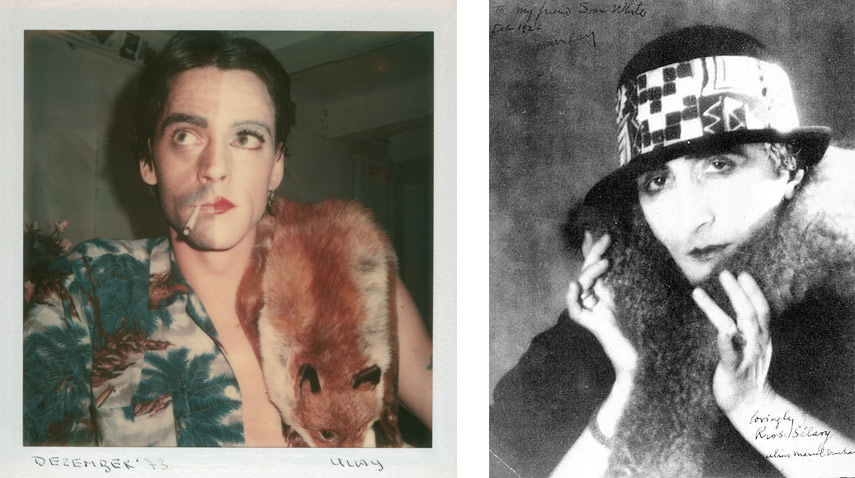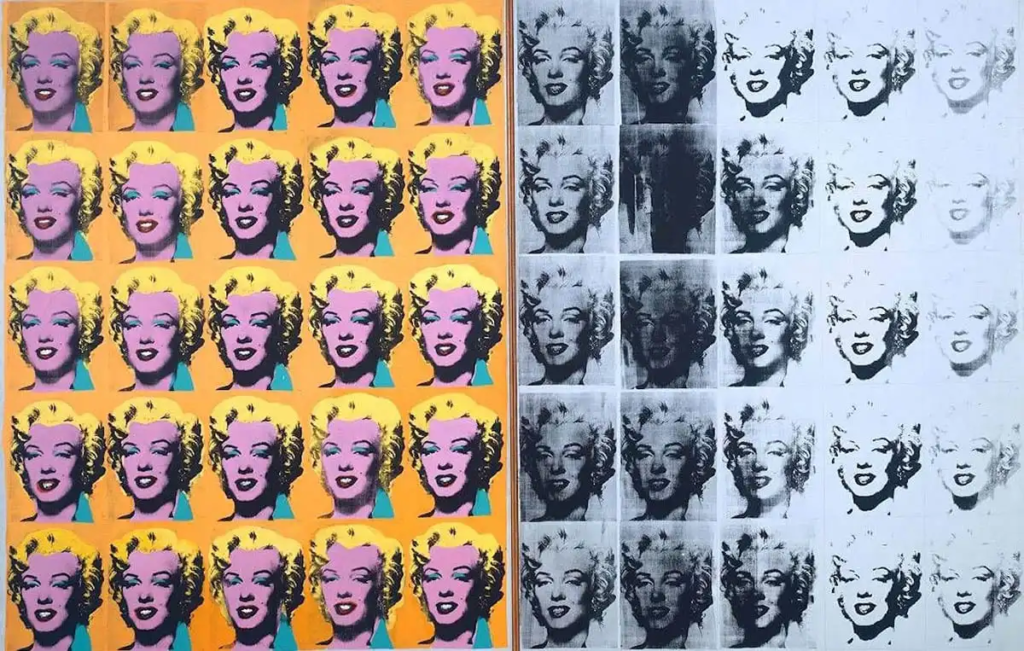History of postmodernism
Postmodernism derived from modernism, around the 1960s, as a nihilistic response to modernism, criticising all its ideology and values.
Modernism was a global movement in society and culture, originating in the 1940s evolving through to the 1960s. It sought a new alignment with the experience and values of modern life, by focusing on industrialisation, urbanisation, new technologies and war. It was a rejection of history, conservative values and institutions that were thought to be oppressive and inefficient. It was believed they should be replaced by rational values and institutions. Artists such as Pablo Picasso and Georgia O’Keeffe build on the ideology by creating original artworks that best reflected the realities and hopes of modern societies. This often included innovation and experimentation with form, a tendency to abstraction and emphasis on materials, techniques and processes.


Postmodernism is an objection to modernism influenced by disenchantment brought on by the Second World War and failure of Liberal, Capitalism and Stalinism to deliver the promise of wealth and freedom. “It’s an attitude of scepticism and irony towards rejection of grand narratives, ideology and universalism, criticises objective notions of reason, human nature, social progress, absolute truth and objective reality” – Jordan Peterson. It’s based on the reason that we categorise to marginalise; in order to obtain political and economic power. The collapse of tradition ultimately lead to a societal breakdown where meaning was difficult to discern, and the questioning of the humankind’s place in the universe. Individuals, therefore, ceased to believe in the one unique meaning of art and literature and alternately believed in deriving their own meanings. Artists such as Cindy Sherman and Andy Warhol deliberately used traditional styles, recycling, parody, irony and collaboration amongst many other techniques in order to portray that individual experience and the interpretation of our experience was more concrete than abstract principles, embracing the complex and contradictory layers of meaning.


Image analysis

This is a black and white self portrait of Cindy Sherman in New York, USA, 1978. The main focal point of this photograph is the shot of Sherman framing her head to shoulders. Her expression is rather one of disgust aimed at someone off scene. In the background we can see blurred office buildings. The artist started an Untitled Film Series in 1977, in her apartment using her own interior for setting scenes. The collection presents us with images of generic female film characters. Shareman liked to play with the idea of recording fiction with fiction, by playing a character of a character. This plays on the idea of irony, one of the postmodernist ideologies. In this particular photograph she plays the character of a young professional girl, in smart clothing on her first day in the city. This strikes a resemblance to the film Breakfast at Tiffany’s with the core message of the film; trying to make a new identity and exploring one’s femininity. In her interviews Sherman explains, “I’m trying to erase myself more than identify myself or reveal myself. That’s a big, confusing thing that people have with my work: they think I’m trying to reveal these secret fantasies or something. It’s really about obliterating myself within these characters.”












